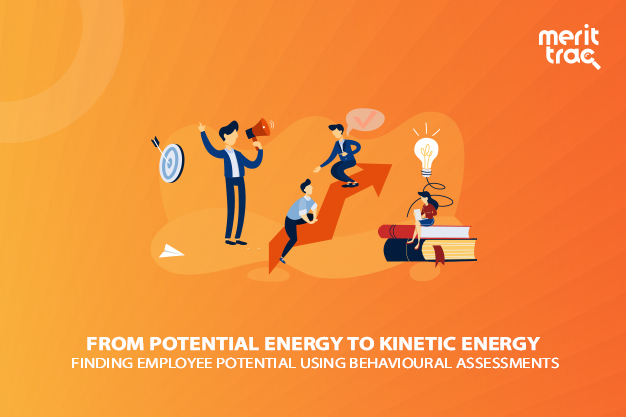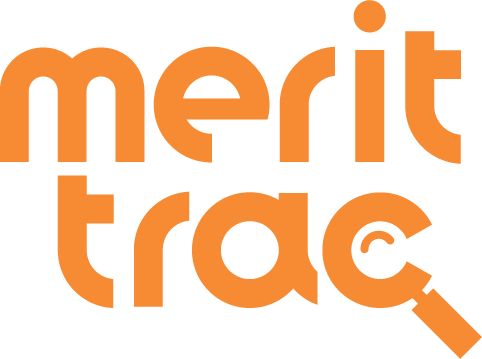
From Potential Energy to Kinetic Energy: Finding Employee Potential using Behavioural Assessments
Date: 09/03/2020 | Posted by: Meghana Jitendra, Psychometrician | Category: Behavioural Assessment , Corporate
Behavioural assessments have a wide scope of utility and most HR professionals are now habituated to making estimates and hiring decisions based on a set of scores and ranks. But this approach gives you information about the candidate/employee, not necessarily knowledge about the employee’s competencies and potential.
Estimating current level of competencies is important, and behavioural assessments have been assisting HR professionals in doing so for quite some time and with considerable success. But, understanding and harnessing the potential of the employee is what gives a company the competitive edge.
How does one read more perceptively into behavioural reports? How does one go beyond ‘High-Low’ categories? How does one make effective use of the behavioural insights? How does one identify potential using behavioural assessments? Here are some of the key indicators to look at to gauge employee potential.
- Average scores
‘Average’ scores can indicate the individual’s potential in terms of that behavioural trait or competency. Being ‘average’ can mean that you can develop the behavioural competency further. Traits with ‘average’ levels lend themselves to change more easily than the extremes. An ‘average’ level of a behavioural competency shows that the individual has a foundational level of that competency, as well as the potential to do better.
- Nature of the trait/behavioural competency
Several personality traits are relatively permanent and deeply engrained in an individual’s disposition. To harness potential, the trait/behavioural competency has to lend itself to change. Traits such as ‘drive’ are usually difficult to change, but traits such as ‘confidence’ can be developed to some extent with coaching and feedback. To identify potential, one should identify what traits of the individual can be fostered, how and how much. Further, gauge whether pushing the trait’s intensity can make the trait dysfunctional. For example, developing humility might be taken too far and result in a negative self-view.
- High Learnability
Learnability of a candidate/employee is extremely crucial in today’s business environment, given the fact that employees have to cope with the frequently changing job requirements and thereby the skills/abilities that they have to use to successfully complete a given job. This may require them to master new skills, update knowledge and adapt to situations. One can give great classroom lectures, top-notch reading material, holistic on-the-job training and an exceptional mentor, but learning cannot be imposed or forced; it is self-motivated to a large extent. High learnability is a significant marker of potential in this regard.
- Related Traits and Behavioural Competencies
Personality traits and Behavioural competencies don’t exist in isolation; they’re interrelated and mutually influence each other. Understanding such relationships among the behavioural competencies required for a potential role change and the current personality traits of the employee can help identify whether desired competencies can be developed further to optimise the employee’s performance in the future role. For example, if the future role requires skills of empathy, then it helps to explore if the employee has high emotional stability, agreeableness and extraversion, as the latter are shown to be correlated with empathy. Discovering such related traits and competencies can help identify the potential for development and role-fit.
Nourishing talent is one of the major challenges faced by organisations today. Leverage behavioural assessments to convert potential energy into kinetic energy; identify potential and develop talent.












 Sales Hotline: USA: +1 646 916 0939 / Others: +91 80619 14700
Sales Hotline: USA: +1 646 916 0939 / Others: +91 80619 14700


